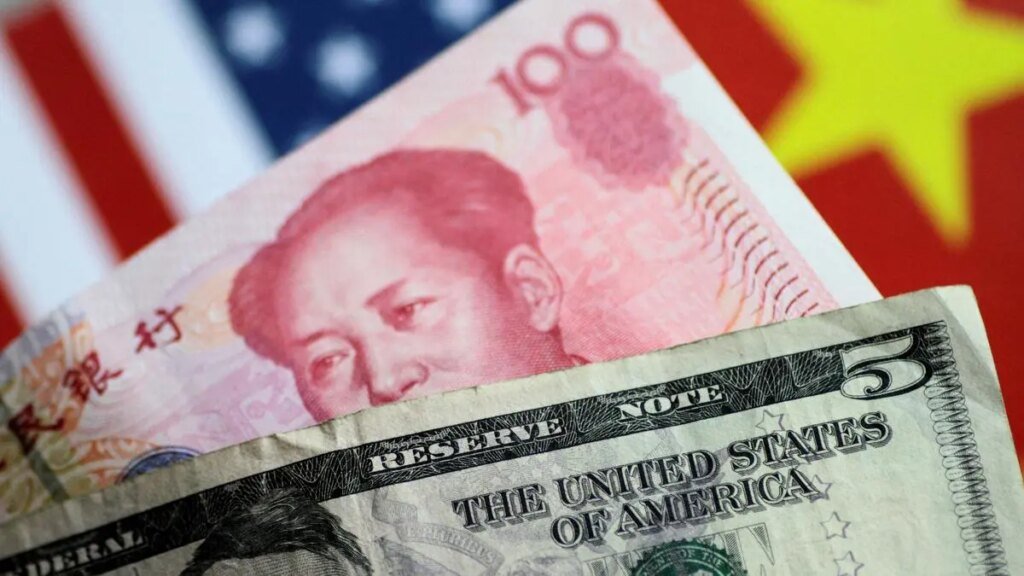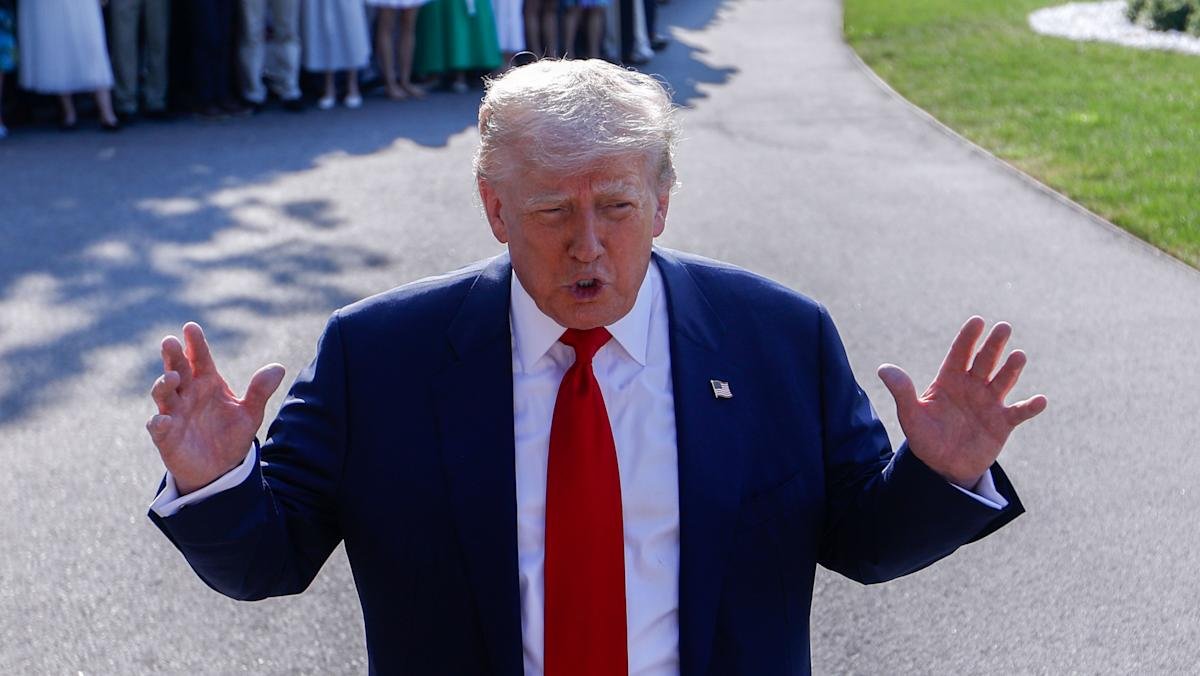Ethiopia started talks with China to convert at least part of the $5.38 billion it owes Beijing into yuan-denominated loans, following an example set by Kenya that bolsters China’s efforts to internationalize its currency.
Eyob Tekalign, Ethiopia’s central bank governor, began discussions for a potential swap with the Export-Import Bank of China and the People’s Bank of China during a visit to Beijing last month, he said in an Oct. 17 interview in Washington, where he attended the International Monetary Fund’s annual meetings.
“China is a very important partner for us now, there is growing volume of trade, investment,” the governor said. “So it really makes sense to arrange some currency swap, but in terms of converting these things as well. So absolutely, this is something in the making — we’ve requested officially and then working on it.”
The People’s Bank of China didn’t immediately respond to a request for comment sent outside normal working hours.
The proposed switch by Ethiopia adds to a growing list of countries that are turning to the yuan for cheaper financing, including Sri Lanka, Hungary and Kenya.
While it’s early days and dollar-debt markets remain dominant, the yuan is seen playing a growing role in international commerce as China aims to grow the global use of its currency, and erratic US trade policies lead investors to question their dollar holdings.
Ethiopia is a member of BRICS, the 10-nation economic bloc that includes Brazil, Russia, India, China and South Africa. The group has previously discussed de-dollarization as a way to reduce dependence on the US currency, drawing criticism from US President Donald Trump, who’s threatened retaliatory measures.
Swapping existing dollar loans into lower interest-rate renminbi liabilities “is part of the bigger Chinese strategy of internationalizing the yuan,” Lesetja Kganyago, South Africa’s central bank governor, said in an interview in Washington on Oct. 16. China’s one-year prime rate is currently 3 per cent, compared with 7.25 per cent in the US.
Zambia, which also owes billions of dollars to China, is watching Kenya’s deal “with keen eyes,” Finance Minister Situmbeko Musokotwane said in an interview last week.
Kenya’s swap, which it agreed last month, will save the East African nation $215 million a year in interest costs, the government said.
“There is savings in this,” Eyob said, declining to disclose how much debt the nation might exchange for yuan loans. “We’re very, very much enthusiastic about this discussion, but it’s early stage.”
The IMF said such deals could be positive, even if there are only five or six African nations where China accounts for a major part of their external debt.
“My sense is that it’s going to yield nontrivial savings,” IMF Africa Director Abebe Selassie said in an interview. “To the extent that it does that over the course of the loan that has to be amortized, then it will be positive for countries like Kenya and others that may want to do it.”
Ethiopia owed China $5.38 billion as of June 2024, according to IMF data published in July. The nation defaulted in 2023 and has been in talks with its creditors to restructure about $15 billion of debt.
While it reached a memorandum of understanding in July with its official creditor committee that China and France co-chair, talks with holders of a $1 billion Eurobond have been more difficult. The bondholder committee said Oct. 14 that talks ended in an impasse, after the two sides failed to agree on extra payouts to investors if the economy outperforms.
“We’ve had a very difficult conversation but I don’t call it an impasse, I call it progress,” Eyob said. “I’m really optimistic. I think we should be able — next time we restart this — to close.”
Ethiopia is eager to close this chapter and move on. As a country of 130 million people, it has potential and needs nine or 10 more dollar bonds, so investors should “see the future,” he said.
The government should sign final bilateral deals with each official creditor by the end of the year, he said. It’s already exchanged draft agreements with some of them.
For non-bond commercial creditors, the target is toward March, he said.
More stories like this are available on bloomberg.com
Published on October 21, 2025






